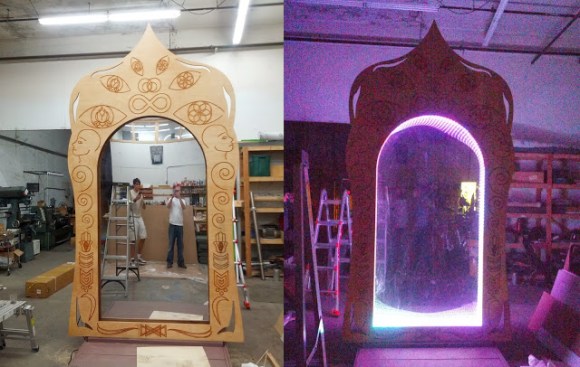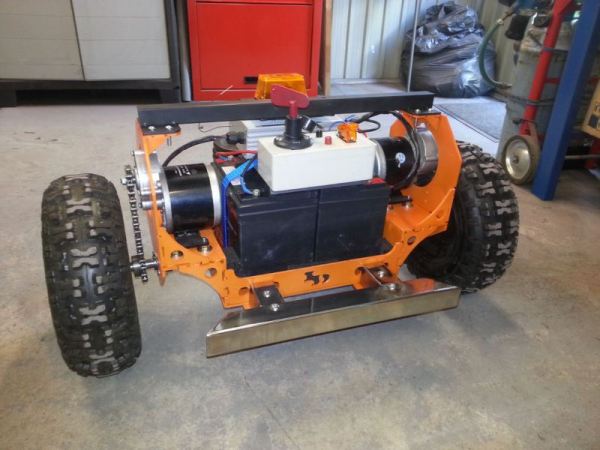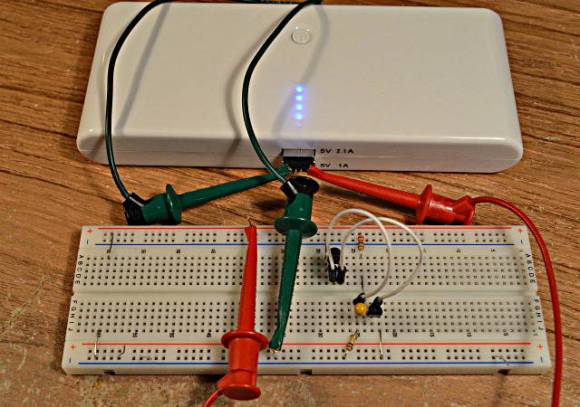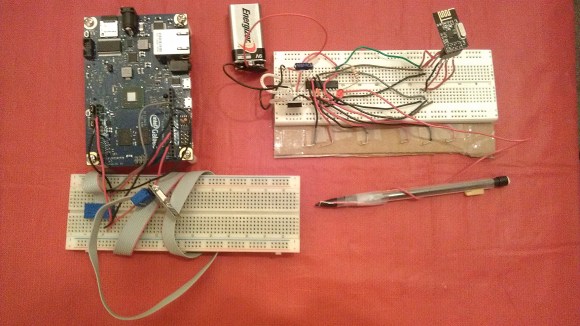
With new materials comes new possibilities in fabrication, and with 3D printers, this observation is no different. In the past year or so, there have been a few very interesting new filaments that have come into mainstream use – a printable sandstone, high impact polystyrene, and a flexible PLA. When [Rich] saw a bike light that had an integrated hook-and-loop fastener – think Velcro – built in to its enclosure, he thought to himself, ‘I could do that too.’
[Rich]’s “ElastoStraps” are printed with Makergeek’s Flexible PLA, and the entire device works surprisingly similar to other hook and loop fasteners with a registered trademark. The design is up on Thingiverse, and since the object was designed with OpenSCAD, the 3D printed Velcro can also be opened up in the Customizer for hook-and-loop straps that perfectly suit your needs.

















